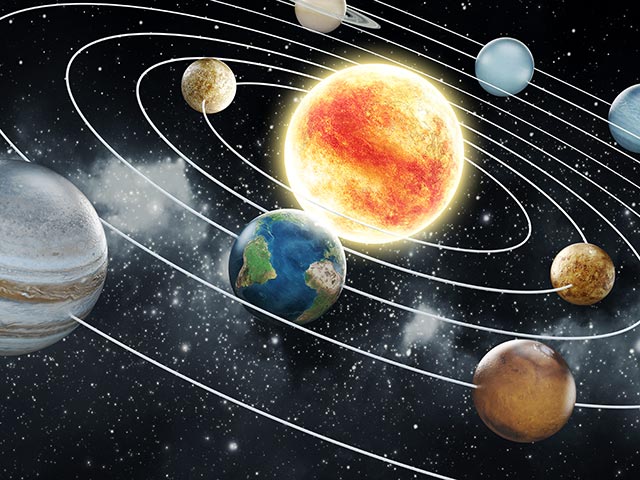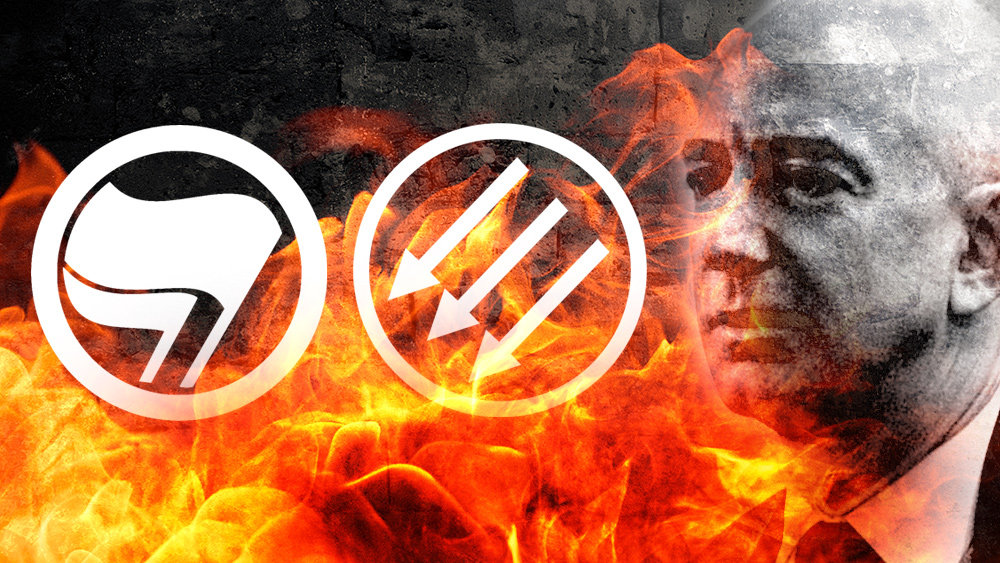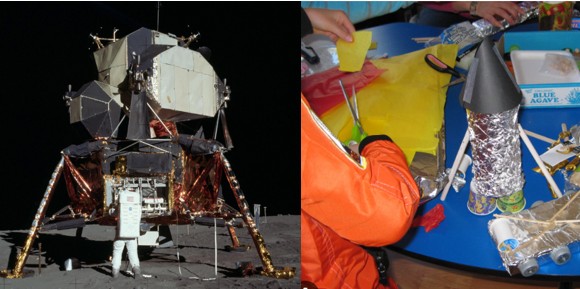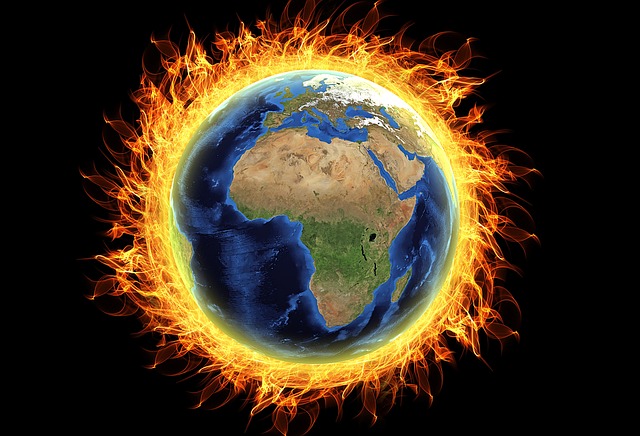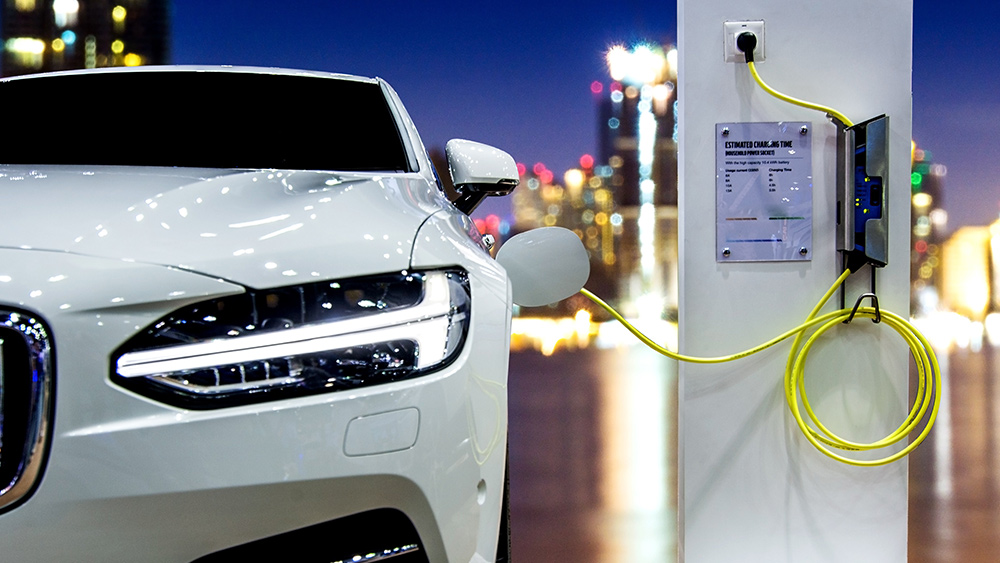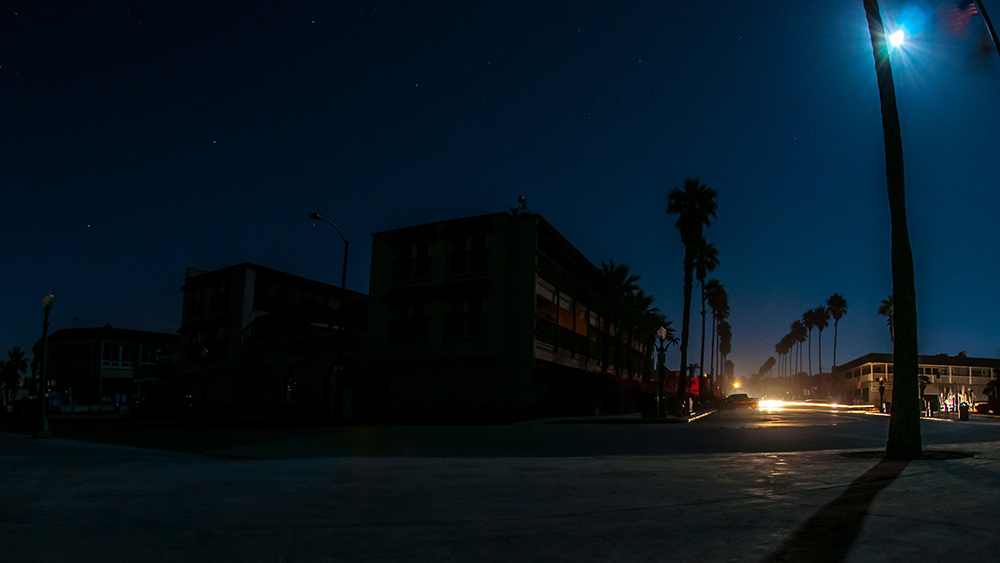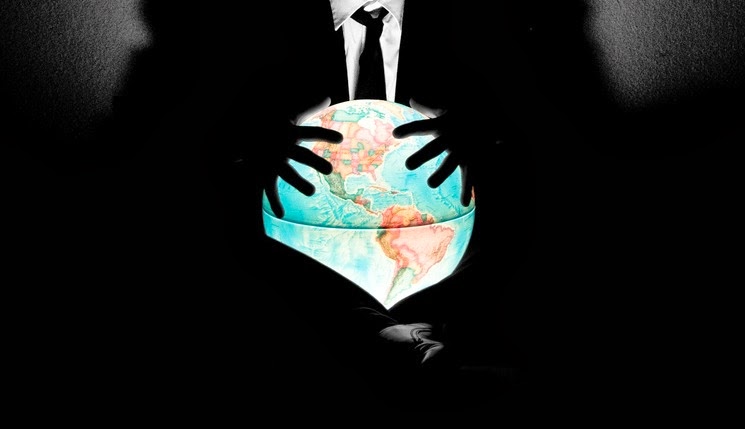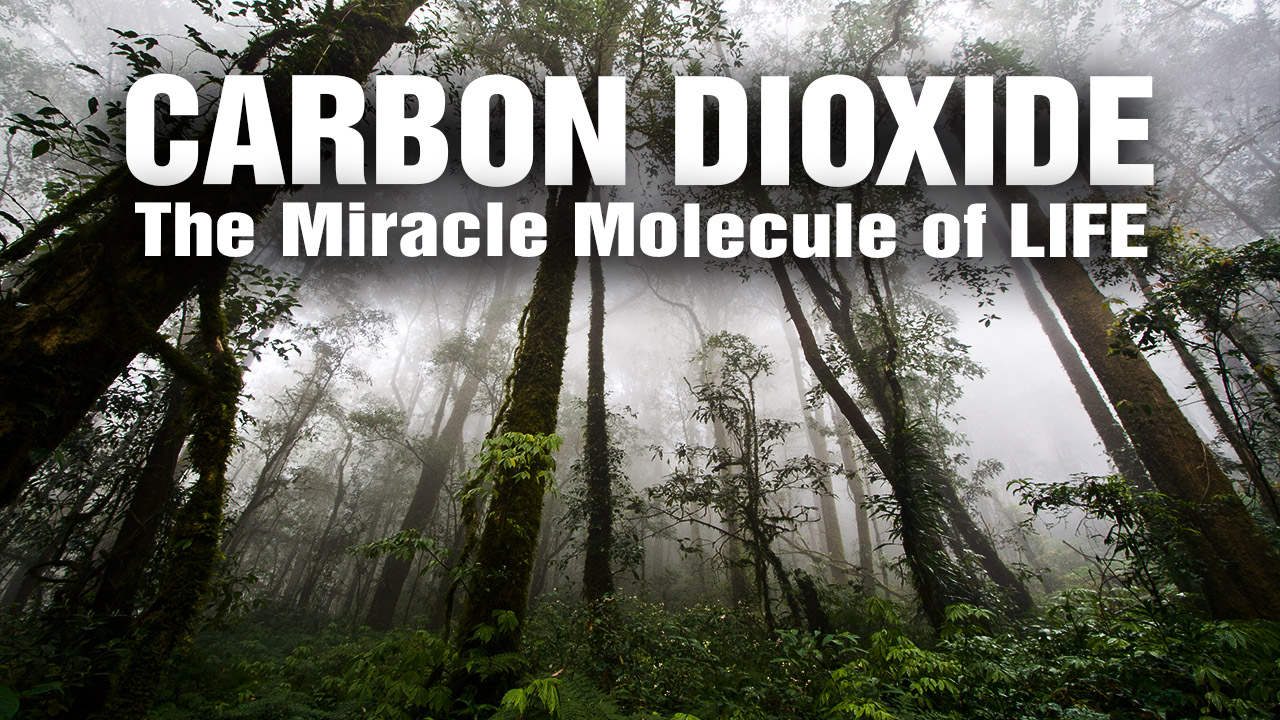A nuclear energy renaissance is underway because AI requires vast amounts of energy
07/01/2025 / By Lance D Johnson
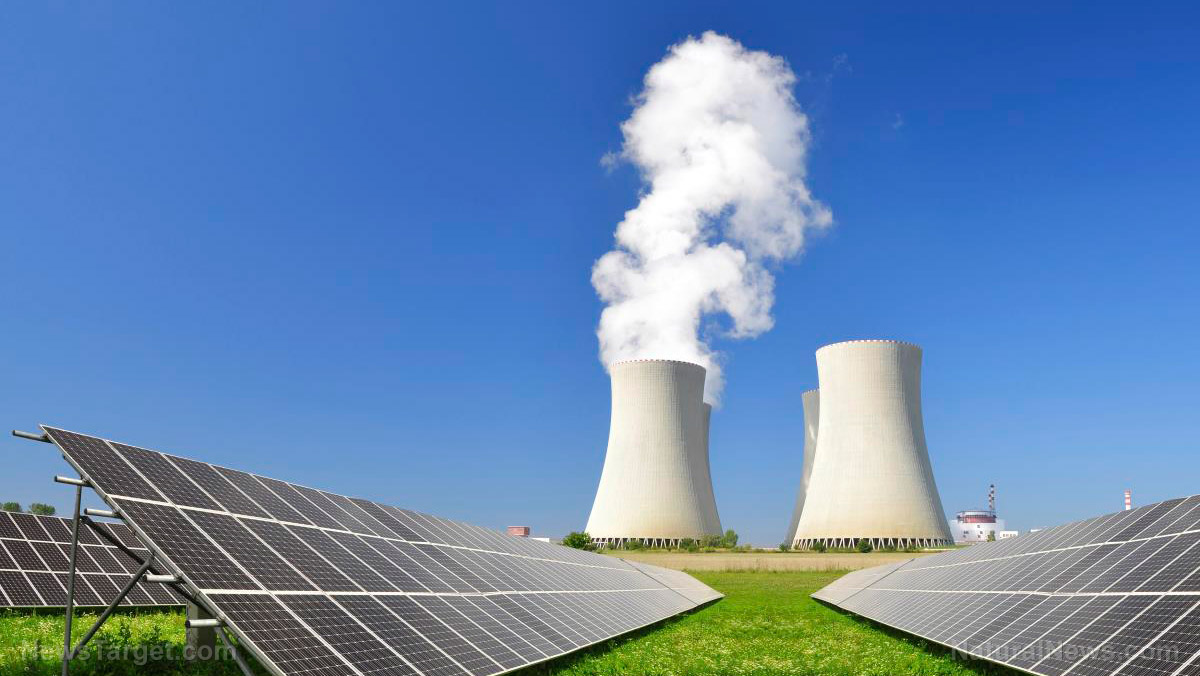
The relentless march of artificial intelligence demands an energy revolution. As AI’s electricity consumption spirals out of control—with a single ChatGPT query devouring the equivalent of lighting a home for 20 minutes—Big Tech is scrambling for solutions that green energy cannot provide. Solar and wind, while valuable, fail to deliver the uninterrupted electricity AI data centers demand. Fossil fuels, with their emissions and geopolitical volatility, are a dead end for companies racing toward carbon neutrality.
Enter nuclear power—once vilified, now reborn as the only viable savior of AI’s energy-hungry future. Tech giants like Microsoft, Google, and Amazon are betting billions on nuclear partnerships, unlocking an era of clean, reliable electricity that could redefine global energy policy. This isn’t just about powering AI—it’s about dismantling decades of misinformation and exposing how corporate-government collusion suppressed the safest, most efficient energy source humankind has ever harnessed.
Key points:
- AI’s staggering electricity needs outpace renewables’ intermittent supply, forcing Big Tech to embrace nuclear power despite decades of opposition.
- Nuclear energy produces 820 times fewer deaths per gigawatt-hour than coal and emits 6 tonnes of CO2 versus coal’s 970, shattering myths of danger and pollution.
- Tech giants invest billions in long-term nuclear contracts, financing next-gen reactors and placing data centers near plants to bypass bureaucratic delays.
- The Fukushima disaster proved nuclear safety—zero deaths from radiation—while fearmongering kept nations shackled to dirtier, costlier energy sources.
- AI’s rise may finally dismantle the lies that stalled nuclear investment, restoring humanity’s best tool for abundant, sovereign electricity.
The AI energy crisis no one saw coming
Every Google search flickers a light bulb for 17 seconds. Every AI-generated image burns enough power to keep that bulb lit for 87 days. Multiply that by the billions of users and AI assistants now flooding the grid, and suddenly, tech companies face an existential crisis: the electric grid cannot sustain AI’s hunger. Renewables fail because clouds halt solar; calm skies stall wind; and battery storage remains pitifully inadequate. Fossil fuels bring emissions, price shocks, and geopolitical blackmail—colossal liabilities for trillion-dollar corporations.
Nuclear power, however, delivers relentless, predictable electricity with near-zero emissions. Yet for decades, governments and lobbyists buried its potential under propaganda about meltdowns and waste—lies that crumble under scrutiny. Not a single death occurred from radiation after Fukushima, a UN panel confirmed. Modern reactor designs eliminate meltdown risks entirely. And nuclear “waste”—more accurately, recyclable fuel—has been safely contained for generations while coal plants spew radioactive ash into the air unchecked.
How Big Tech is rewriting the energy playbook
Microsoft’s 20-year deal to revive Pennsylvania’s Three Mile Island—the infamous plant falsely branded a death trap after a 1979 partial meltdown—proves how desperately Silicon Valley needs nuclear’s stability. Amazon builds data centers beside Dominion Energy’s reactors. Google invests in Kairos Power’s molten-salt reactors, a breakthrough avoiding water-cooled risks. These moves aren’t charity—they’re survival.
AI data centers cannot blink offline. A single outage could hemorrhage billions in lost productivity. Nuclear’s 98% uptime dwarfs wind’s 35% and solar’s 25%. But past roadblocks—colossal upfront costs and snail-paced permitting—are crumbling under tech’s financial firepower. OpenAI’s $100 billion Stargate AI project could tap a single reactor’s output, justifying costs solar farms could never match at scale.
The truth about nuclear they don’t want you to know
Why did nuclear power languish for 50 years while coal and gas choked the planet? Follow the money. Fossil fuels thrived on subsidies, false narratives, and revolving-door regulators. Solar and wind firms lobbied for mandates to prop up their unreliable grids. Meanwhile, nuclear—capable of outproducing them all—was smeared as a boogeyman.
Even today, uranium remains cheaper and more energy-dense than any alternative. One pellet equals a ton of coal’s output. Modern reactors consume old waste as fuel, solving “storage” scares. Countries like France—75% nuclear-powered—enjoy Europe’s cleanest air and lowest bills. Yet Germany, duped by green hysteria, shuttered reactors and now burns Russian gas and filthy lignite coal.
Now, AI’s emergency has ripped off the blindfold. The same Silicon Valley that once funded anti-nuclear activism now races to embrace it. The World Bank, pressured by surging demand, lifted its nuclear funding ban. Soon, even climate alarmists may concede: no net-zero future exists without fission.
As AI reshapes civilization, its energy needs expose the fraud behind “green” dogma. The real environmental crime wasn’t nuclear power—it was denying humanity its cleanest weapon against darkness and technological advance. If something isn’t done to solve the energy issue, AI is going to start costing everyone a lot money more to operate.
Sources include:
Submit a correction >>
Tagged Under:
AI energy consumption, artificial intelligence, Big Tech, carbon emissions, Clean Energy, climate change, data centers, electricity grid, energy crisis, energy independence, future of energy, nuclear energy, nuclear renaissance, nuclear safety, power plants, renewable energy, sustainability, tech investments, uranium power
This article may contain statements that reflect the opinion of the author


